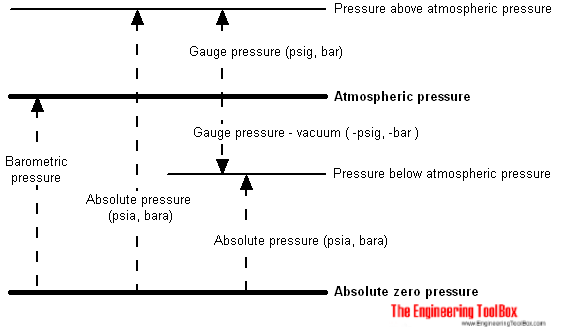Ok, I have no takers
Time to take it to next level I guess.
Felix, if you read, can you show me your pressure graph for a year, that would be great to see!
Anyway, so what's the problem anyway?
In no words, it is this:

If you are using sensor like BM(E/P)280 or similar, you should know, they are calibrated against vacuum. What you get for reading is absolute pressure. That would be that, if you were at sea level.
Probably you are not. If not, you are reading lower pressure, since higher you go, less mass of air is above you = less pressure.
You are missing that right/lower gauge pressure. But you want barometric pressure, so that you can compare your pressure with someone that is below or above you (you reference to as if you were at sea level).
This gauge pressure is almost a constant, but it is not, changes too much. It is dependent on your sensor height above sea level and temperature at sensor.
This is where hypsometric formula comes into play.
(I use hPa, °C and meters for units, so formula is for this units only, for US unit, it's a bit different)
P0 = reference pressure at sea level
h = height in meter above sea level
T = temperature at sensor
P = barometric pressure
Code for arduino looks something like this:
float plusA = mySensorA.readFloatPressure()/100 - mySensorA.readFloatPressure()*pow((1-(0.0065*YOUR_SENSOR_ABOVE_SEA/(mySensorA.readTempC()+0.0065*YOUR_SENSOR_ABOVE_SEA+273.15))),5.2558)/100;
float plusB = mySensorB.readFloatPressure()/100 - mySensorB.readFloatPressure()*pow((1-(0.0065*YOUR_SENSOR_ABOVE_SEA/(mySensorB.readTempC()+0.0065*YOUR_SENSOR_ABOVE_SEA+273.15))),5.2558)/100;
float PA = mySensorA.readFloatPressure()/100+plusA;
float PB = mySensorA.readFloatPressure()/100+plusB;
plusA & plusB are gauge pressure offsets, that you add if you are above sea level, or take away if you are below (probably not many people)
You then add this to your absolute pressure (what you read with sensor) and you get your compensated pressure in PA & PB